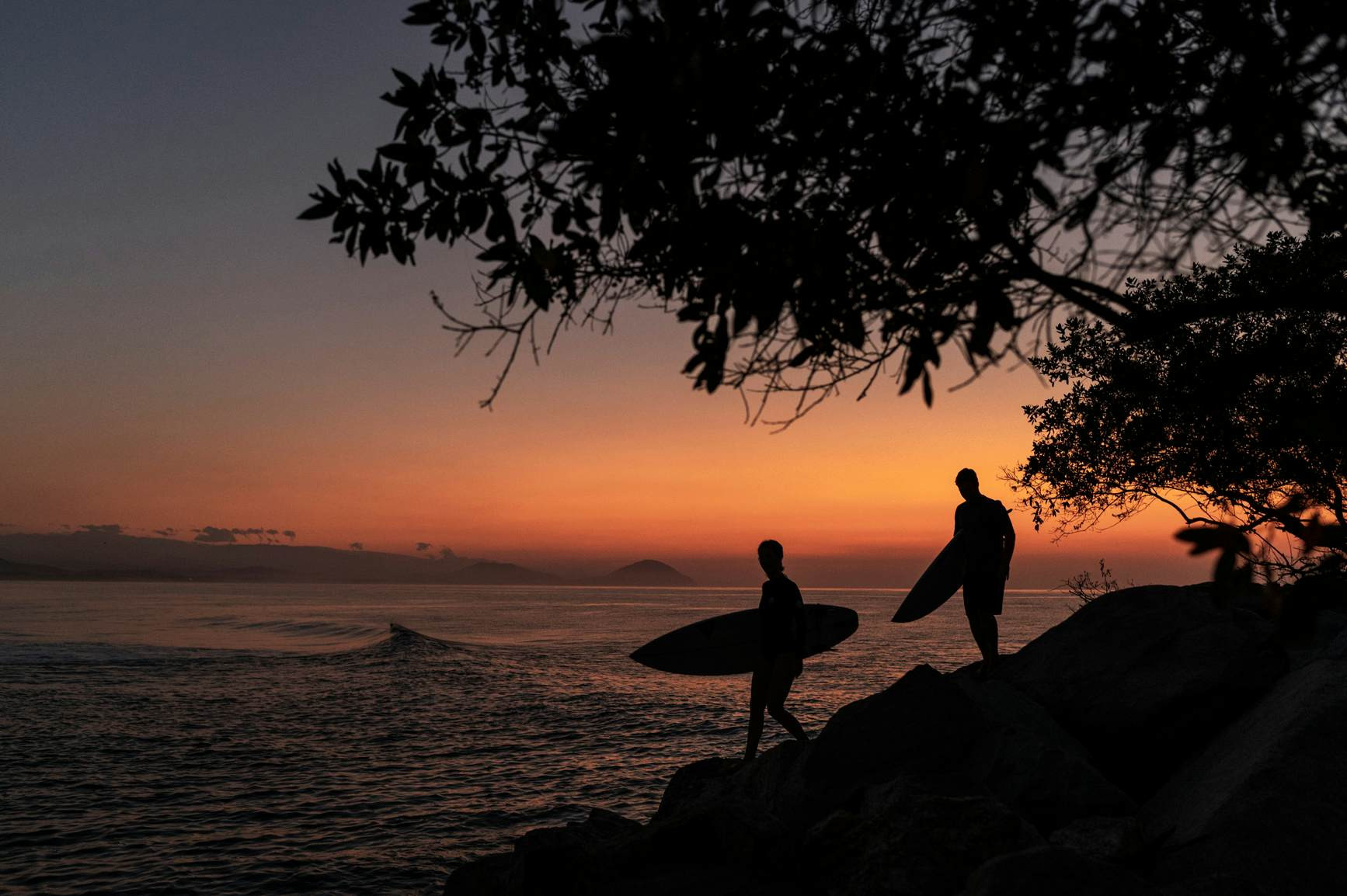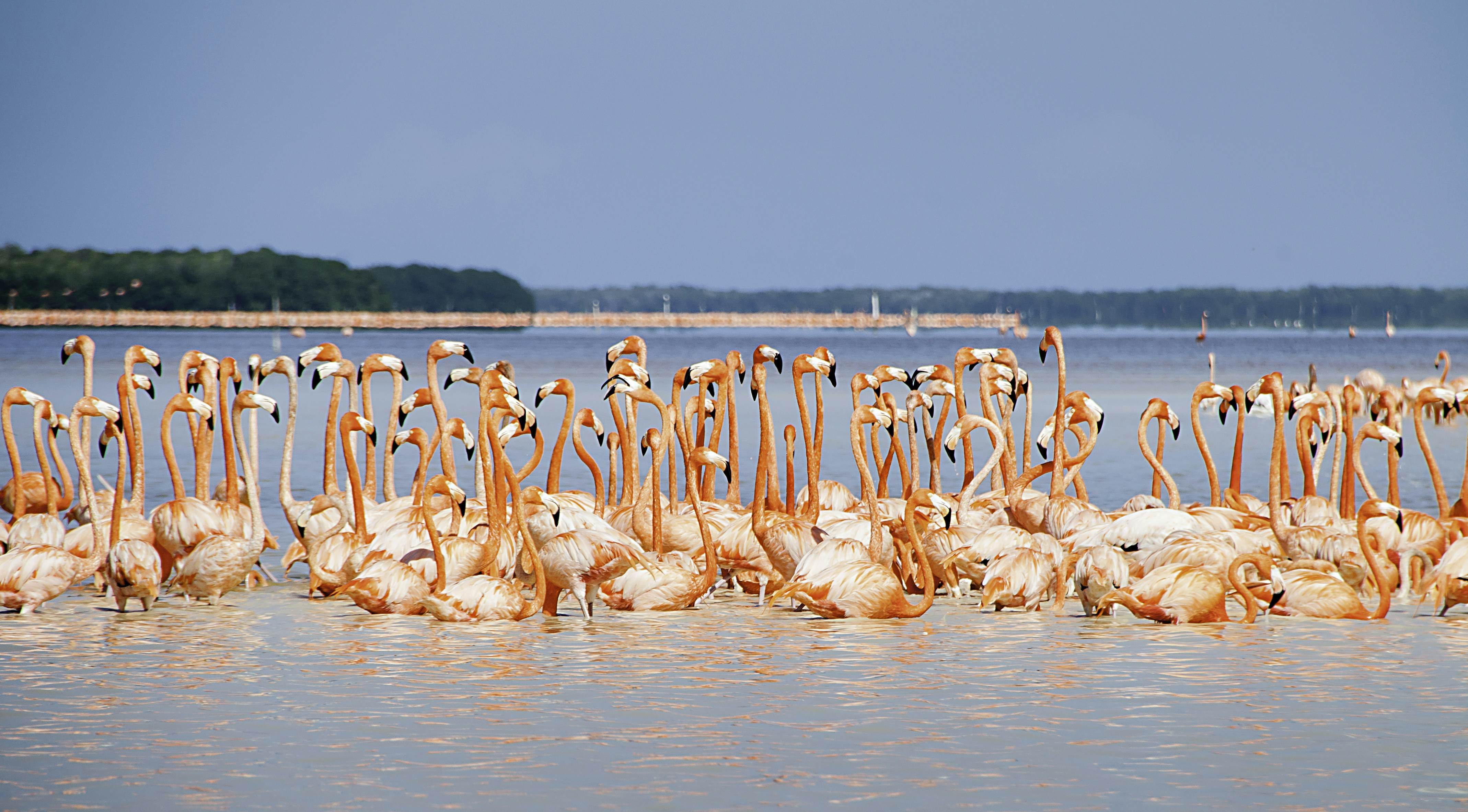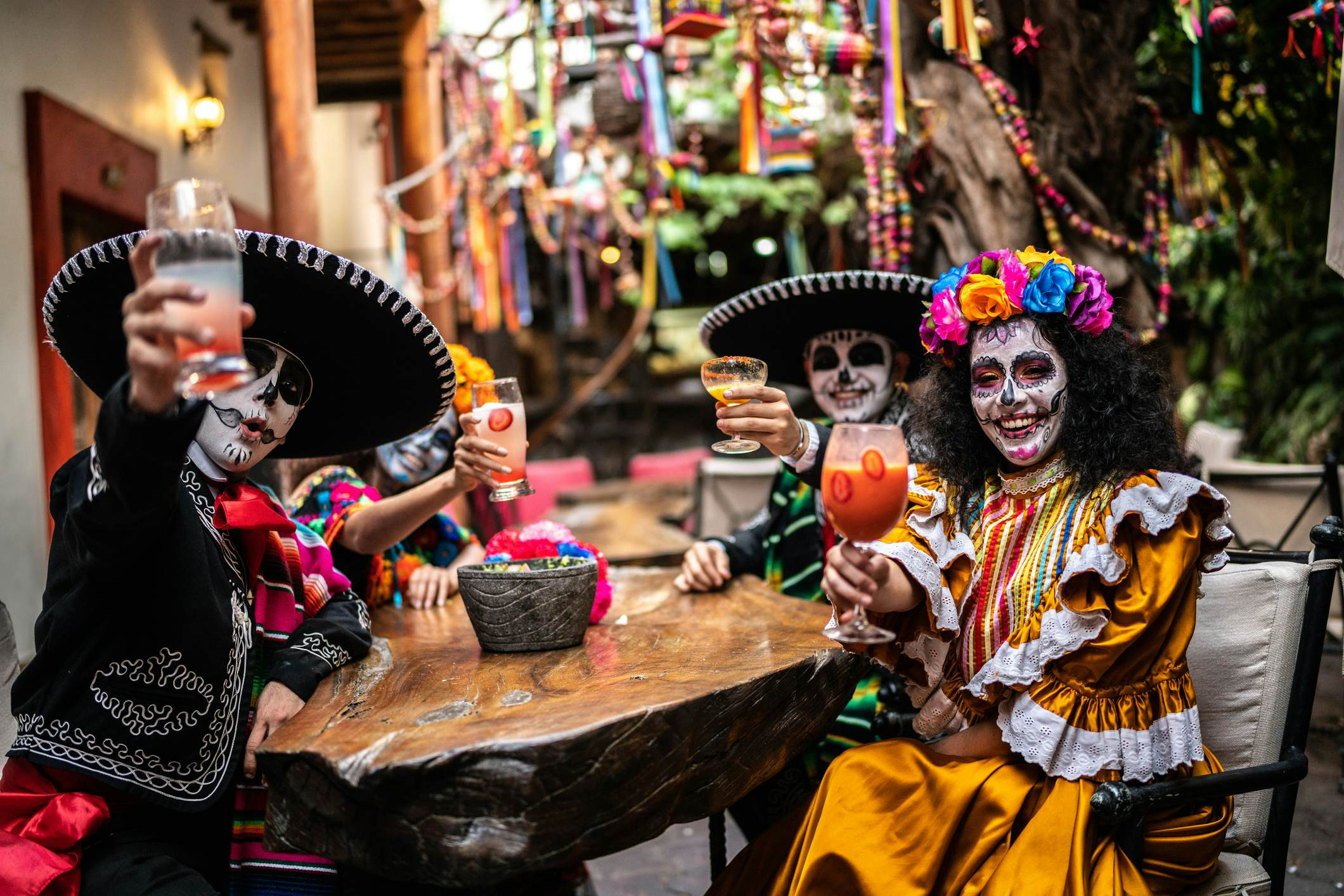Mexico, a land of vibrant culture and breathtaking landscapes, is a destination that beckons travelers year-round. From the sun-kissed beaches of Cancún and Playa del Carmen to the historical depths of Mexico City and the natural wonders of the Copper Canyon, this diverse country offers something for every type of adventurer. Figuring out the Best Time To Go To Mexico depends on your priorities, whether you’re chasing perfect weather, fewer crowds, specific activities, or cultural festivals. This guide breaks down Mexico’s seasons, regional nuances, and key events to help you pinpoint your ideal travel window and ensure an unforgettable Mexican experience.
Snorkeling in the clear waters of Isla Cozumel, Mexico, during the winter dry season, the ideal time for outdoor activities and sunshine.
December to April: Bask in Sunshine and Festive Vibes (Dry Season & High Season)
The months between December and April are widely considered the best time to go to Mexico for those seeking dry weather and plenty of sunshine. This period coincides with Mexico’s dry season, stretching from November to March, offering a welcome escape from colder climates for many travelers. If your ideal vacation involves outdoor adventures and immersing yourself in nature, this is the optimal time to plan your Mexican getaway.
Across the Baja Peninsula, this season brings a vibrant transformation. Flowers bloom, painting the landscape in color, and the region turns lush and green. Surfers will find exhilarating big waves, while from October to April, the unique opportunity to swim alongside gentle whale sharks becomes a major draw. Moving inland to the Northern Central Highlands, the dry season creates perfect conditions for exploring stunning waterfalls and rivers. Further south in Oaxaca, these months provide the best hiking conditions, allowing you to discover the region’s mountainous terrain and natural beauty.
For those venturing to higher altitudes, like San Cristobal de las Casas in Chiapas, packing a sweater is advisable. Even with pleasant daytime temperatures, evenings and mornings can be noticeably cooler in these elevated locations.
A spectacular natural event occurs in the forests of the Reserva de la Biosfera Santuario Mariposa Monarca (Monarch Butterfly Biosphere Reserve) in the Western Central Highlands. From late October to mid-March, millions of monarch butterflies migrate here, transforming the forests into a breathtaking orange spectacle.
It’s important to note that November, December, and January are typically the most expensive months for flights to Mexico. Expect larger crowds at popular attractions and higher occupancy rates in destinations like Tulum, especially around New Year’s Eve and the first week of January, when electronic music festivals draw significant crowds.
February is renowned as the best month for whale watching off the Baja Peninsula, offering incredible opportunities to see these majestic creatures. In March, the Vernal Equinox attracts visitors to Chichén Itzá to witness the fascinating play of light and shadow on the El Castillo pyramid, where a serpent-like form appears to ascend or descend (this phenomenon also occurs during the autumn equinox).
Advertisement
Archaeological sites like Teotihuacán, near Mexico City, and Guachimontones, near Guadalajara, also become pilgrimage destinations during the spring equinox, drawing those interested in ancient rituals and astronomical alignments.
Spring Break and Semana Santa Considerations
March and April often see an influx of US students enjoying spring break in popular coastal destinations like Cancún, Puerto Vallarta, and Cabo San Lucas. These locations become hubs of lively, sometimes boisterous, partying. Whether you want to join the festivities or prefer a more tranquil experience, be aware of potential price increases during this period.
Semana Santa (Easter Week), falling in March or April, is a significant holiday week in Mexico. Tourist accommodations and transportation become heavily booked, and many businesses in inland cities may close. Similar to Christmas, travel costs during Semana Santa can be significantly higher, potentially doubling typical rates.
 Two surfers head to the ocean at sunset in Mexico
Two surfers head to the ocean at sunset in Mexico
May to June: Sun-Soaked Savings and Serene Beaches (Shoulder Season)
For travelers seeking sunshine without the peak season crowds and prices, May and June present an excellent window to visit Mexico. These months fall within the shoulder season, offering a sweet spot between peak demand and the wetter months. If budget-friendliness and quieter experiences are priorities, this could be the best time to go to Mexico for you.
May sees temperatures climb across Mexico. Cities like Mérida, Guadalajara, Oaxaca City, and Mexico City experience their annual temperature peaks. While Cinco de Mayo (May 5th) is a public holiday in Mexico, celebrations are not as widespread as some might expect. The main festivities occur in Puebla, where the historical battle between the Mexican army and French forces is reenacted.
June marks the beginning of Mexico’s rainy season and also the start of the hurricane season, which extends until November. However, the highest probability of hurricane activity is typically between August and October. While rain becomes more frequent in June, it often falls in afternoon showers, leaving mornings and evenings clear and sunny, especially inland.
 Flamingos congregate in a mangrove in Mexico
Flamingos congregate in a mangrove in Mexico
July and August: Ride the Waves and Encounter Wildlife (Summer Season)
July and August in Mexico are characterized by hot weather across much of the country. However, for specific interests like surfing and wildlife encounters, these summer months can be the best time to travel to Mexico.
Mexico’s Pacific coast, often referred to as the Mexican Riviera, becomes a surfing paradise from April/May to October/November. Locations like Puerto Escondido, famous for its powerful “Mexican Pipeline” wave, experience excellent swells, with June to August generally seeing the largest waves.
Turtle enthusiasts will find July to December the best time to visit Puerto Vallarta. During this period, numerous hotels participate in baby turtle releases, a heartwarming conservation effort that visitors can witness and sometimes participate in.
For those hoping to see whale sharks, these gentle giants gather off the coasts of Cancún and the Riviera Maya from mid-May to mid-September. July and August are considered the peak months for whale shark spotting in this region, offering the highest chances of encountering these magnificent creatures.
It’s worth noting that while July and August offer unique wildlife and surfing opportunities on the Riviera Maya and Cancún, these destinations can become oppressively hot and experience sargassum (brown seaweed) on their beaches. Additionally, vacationing Mexicans often flock to these coastal areas during summer, leading to increased hotel rates. Beaches on the Mexican Riviera (Pacific Coast) are generally not affected by sargassum.
 A group of friends in full make up celebrating the Day of the Dead at a bar in Mexico
A group of friends in full make up celebrating the Day of the Dead at a bar in Mexico
September to November: Culture, Celebrations, and Inland Exploration (Shoulder Season)
The second shoulder season, spanning September to November, is an exceptional best time to visit Mexico for those interested in cultural immersion and exploring inland cities. This period offers a delightful blend of cultural festivals, pleasant weather in many regions, and fewer tourist crowds compared to the winter months.
September in Mexico is synonymous with patriotic fervor. Mexican families celebrate Día de la Independencia (Independence Day), marked by vibrant and lively celebrations on the 15th and 16th of September. A culinary highlight of this season is Chiles en Nogada, a dish featuring chilies in walnut sauce, enjoyed throughout the country.
Guadalajara hosts the International Mariachi and Charrería Festival for over ten days in September. This charming and colorful festival features more than 500 mariachi performances, alongside the National Charro Championship (charrería is Mexico’s national sport), offering a rich display of Mexican traditions.
While the Yucatán Peninsula and Mexico’s coasts are still within hurricane season in September, leading to rain and reduced visibility for Caribbean divers, inland Mexico presents a different picture.
Mexico City experiences some rainfall, but the weather is generally mild and comfortable, ideal for exploring the city’s numerous attractions. October, along with November and March, is considered one of the best months to visit northwest Mexico’s canyon country, including the Copper Canyon. Temperatures are moderate in the canyon depths and at higher elevations during these months.
At the beginning of November, Día de los Muertos (Day of the Dead) unfolds across Mexico. Cities and towns come alive with parades, elaborate floats, altars, and all-night vigils honoring the deceased. Oaxaca City is renowned as a vibrant epicenter of Día de los Muertos celebrations, making it a particularly compelling destination during this time.
